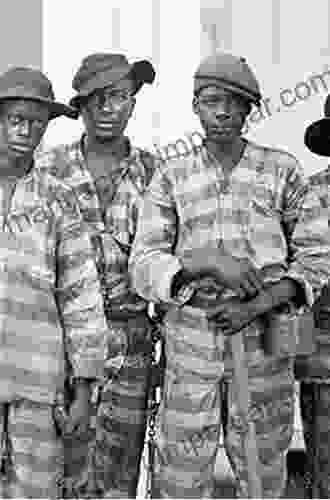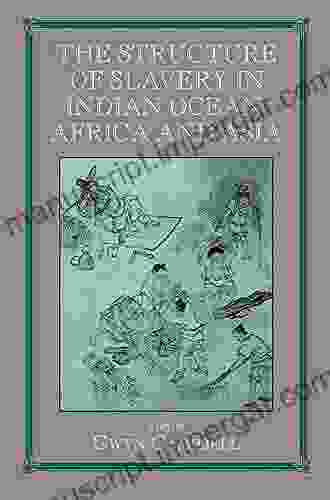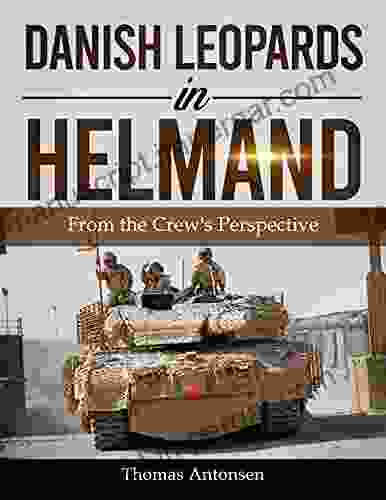Unveiling the Structure of Slavery in Indian Ocean Africa and Asia: A Comprehensive Examination

Slavery has been an enduring feature of human history, leaving an indelible mark on societies around the world. The Indian Ocean region, a vibrant hub of trade and cultural exchange, was no exception to this phenomenon. From the shores of East Africa to the bustling ports of South Asia, slavery played a pivotal role in shaping the region's social, economic, and political landscapes.
5 out of 5
| Language | : | English |
| File size | : | 595 KB |
| Text-to-Speech | : | Enabled |
| Screen Reader | : | Supported |
| Enhanced typesetting | : | Enabled |
| Print length | : | 342 pages |
This article delves into the complex and multifaceted nature of slavery in Indian Ocean Africa and Asia. We will explore the diverse forms of slave societies that existed in these regions, examine the economic and social factors that drove the slave trade, and shed light on the resistance and abolition movements that ultimately led to the decline of slavery.
Forms of Slave Societies in Indian Ocean Africa and Asia
Slave societies in Indian Ocean Africa and Asia exhibited a wide range of forms and characteristics. In some societies, slavery was a central institution, with slaves forming a significant portion of the population and playing vital roles in the economy and household. In other societies, slavery was more peripheral, with slaves being used primarily for specific tasks or as a form of punishment.
In East Africa, for example, the Swahili city-states relied heavily on slave labor for agricultural production and trade. Slaves were acquired through raids on neighboring communities or Free Downloadd from Arab and Indian traders. In contrast, in South Asia, slavery was less prevalent and primarily confined to domestic service or agricultural work on large estates.
Economic and Social Factors Driving the Slave Trade
The slave trade in the Indian Ocean region was driven by a complex interplay of economic and social factors. The demand for slaves was fueled by the expansion of agricultural production, particularly in cash crops such as sugar and cotton. Plantation owners in the Americas and Indian Ocean islands eagerly sought cheap labor to meet the growing demand for these commodities.
Social factors also played a significant role. In some societies, slavery was a means of social control and stratification. Slaves were often seen as inferior beings, and their status was used to justify their exploitation. In other cases, slavery became a form of social mobility, with slaves able to acquire wealth and even gain their freedom.
Resistance and Abolition Movements
Despite the widespread presence of slavery, resistance and abolition movements emerged in both Africa and Asia. Enslaved individuals resisted their oppression in various ways, including escape, rebellion, and sabotage. Abolitionist movements, led by religious groups, social reformers, and political activists, gained momentum in the 19th century.
In Africa, the abolitionist movement was closely tied to the anti-colonial struggle. As European powers established their dominance over African territories, they often relied on forced labor to support their economic interests. Resistance to colonial rule and the abolition of slavery became interconnected causes.
In Asia, abolitionist movements were influenced by religious teachings and the rise of nationalism. Leaders such as Mahatma Gandhi in India and Sultan Said bin Sultan in Oman played key roles in advocating for the abolition of slavery.
Slavery in Indian Ocean Africa and Asia was a complex and multifaceted phenomenon that shaped the regions' history in profound ways. From the forced labor that fueled agricultural production to the social and cultural hierarchies that justified human exploitation, slavery left a lasting legacy on these societies. However, the resistance and abolition movements that emerged in these regions ultimately led to the decline of slavery and the recognition of the inherent dignity of all human beings.
Understanding the structure of slavery in Indian Ocean Africa and Asia provides valuable insights into the complexities of human history and the ongoing struggle for freedom and equality.
5 out of 5
| Language | : | English |
| File size | : | 595 KB |
| Text-to-Speech | : | Enabled |
| Screen Reader | : | Supported |
| Enhanced typesetting | : | Enabled |
| Print length | : | 342 pages |
Do you want to contribute by writing guest posts on this blog?
Please contact us and send us a resume of previous articles that you have written.
 Book
Book Novel
Novel Page
Page Chapter
Chapter Text
Text Story
Story Genre
Genre Reader
Reader Library
Library Paperback
Paperback E-book
E-book Magazine
Magazine Newspaper
Newspaper Paragraph
Paragraph Sentence
Sentence Bookmark
Bookmark Shelf
Shelf Glossary
Glossary Bibliography
Bibliography Foreword
Foreword Preface
Preface Synopsis
Synopsis Annotation
Annotation Footnote
Footnote Manuscript
Manuscript Scroll
Scroll Codex
Codex Tome
Tome Bestseller
Bestseller Classics
Classics Library card
Library card Narrative
Narrative Biography
Biography Autobiography
Autobiography Memoir
Memoir Reference
Reference Encyclopedia
Encyclopedia Cheryl Shea
Cheryl Shea J A Pintozzi
J A Pintozzi Jp Mcavoy
Jp Mcavoy Chris Avore
Chris Avore Dale De Remer
Dale De Remer Richard Hunt
Richard Hunt Charles M Sevilla
Charles M Sevilla Piet Nortje
Piet Nortje Charles P Nemeth
Charles P Nemeth Chris Epting
Chris Epting Chick Weisse
Chick Weisse Christine Grady
Christine Grady Christopher Dunphie
Christopher Dunphie Stan Kowalski Phd
Stan Kowalski Phd Susan Lee Smith
Susan Lee Smith Cheikh Anta Diop
Cheikh Anta Diop Chris Cowlin
Chris Cowlin Chris Brummer
Chris Brummer David K Irving
David K Irving Kim Arnold
Kim Arnold
Light bulbAdvertise smarter! Our strategic ad space ensures maximum exposure. Reserve your spot today!

 Fernando PessoaPhilosophy And Race In America: Uncovering the Hidden History of Racial...
Fernando PessoaPhilosophy And Race In America: Uncovering the Hidden History of Racial... Jacob HayesFollow ·5k
Jacob HayesFollow ·5k Hank MitchellFollow ·8.8k
Hank MitchellFollow ·8.8k Abe MitchellFollow ·5.2k
Abe MitchellFollow ·5.2k Jesse BellFollow ·7k
Jesse BellFollow ·7k Jared PowellFollow ·12.6k
Jared PowellFollow ·12.6k Anton FosterFollow ·13.6k
Anton FosterFollow ·13.6k Branden SimmonsFollow ·14.5k
Branden SimmonsFollow ·14.5k Lawrence BellFollow ·5.4k
Lawrence BellFollow ·5.4k

 E.E. Cummings
E.E. CummingsOne Man's Story of What It Meant to be Pj
In the tapestry of life,...

 Caleb Long
Caleb LongPattern Theory in Video Keno: Unveiling the Art of...
Embark on an enlightening journey into the...

 Douglas Adams
Douglas AdamsUnveiling the Diplomatic Landscape: The Ottoman Empire,...
Delving into the History...

 Terry Bell
Terry BellThere Still Is No Off Season: Embracing Year-Round...
In a world consumed by routine and the allure...

 Ibrahim Blair
Ibrahim BlairBrain Teasers Games and Puzzles: Exercise Your Mind with...
Prepare to embark on a captivating journey...
5 out of 5
| Language | : | English |
| File size | : | 595 KB |
| Text-to-Speech | : | Enabled |
| Screen Reader | : | Supported |
| Enhanced typesetting | : | Enabled |
| Print length | : | 342 pages |












